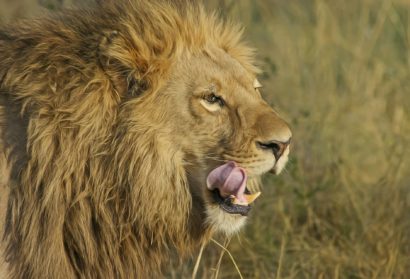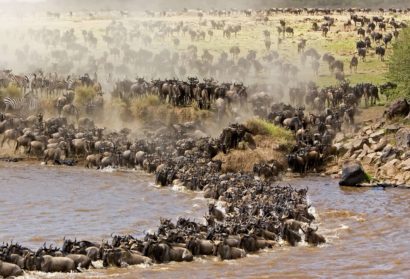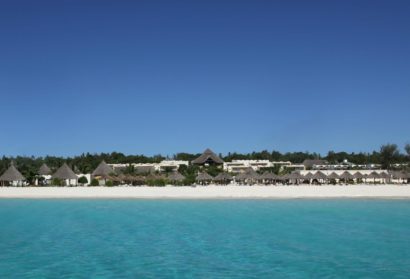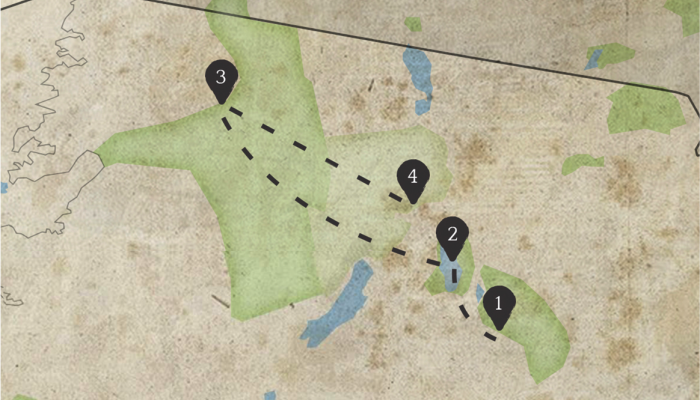
- JRO-ARUSHA TOWN
- LAKE MANYARA NATIONAL PARK
- NGORONGORO CRATER TOUR
- SERENGETI NATIONAL PARK
- SERENGETI NATIONAL PARK-NDUTU PLAINS
- NDUTU PLAINS-WITNESS THE MIGRATION
- NDUTU PLAINS-WITNESS THE MIGRATION
- NDUTU PLAINS AREA-ARUSHA
Witness Calving season in Ndutu within Ngorongoro conservation area.
Wildebeest crossing to Tanzania from Masai Mara game Reserve: This safari is timed for Great Wildbeest Migration in Serengeti Eco-system-Ndutu plains. Ndutu is one of the best place in Tanzania to visit during the month of January to end March as the great migration congregate in this area. You will be able to witness hundreds of thousands of wildebeest, Zebras, Thomson gazelle and other mammals stretching across the plains while grazing on the short grasses. Significantly wildebeest calving season! Have opportunity to watch unbelievable birthing process of baby wildebeest and see the sweet bond between the mother and baby! Naturally since dense population of animals during the Migrations, means that you will witness Predator action at its best, the ability to spot Lion, Leopard, Cheetahs and hyena hunting is top score.
Advantages for Ndutu area is the ability for off road driving as is not allowed in other national parks in Tanzania. Off road driving let your guide to get close to nature and give you the best opportunity to view wildlife.
Normally the wildebeests, after crossing back to Tanzania from Maasai Mara game reserve (around November), they head to Ndutu area, south of the Serengeti National Park straddling the Northern Section of Ngorongoro Conservation where they start their annual breeding process from January to February.
There are many factors that could have contributed to the wildebeests shifting their calving area from South to Central Serengeti, including delayed rains in the Northern Ngorongoro. In that case we increase the chance by visiting both Serengeti and Ndutu Plains (in Ngorongoro)
Seronera and other sections of Central Serengeti received scattered rains earlier than the Southern areas that suffered drought and for the wildebeests to give birth to calves; they need tender grass sprouting from the early rains. This has led wildlife experts to believe that drought may have played a part in the delayed calving and change of birthing area.
Wildebeests are capable of holding on to pregnancy biologically for an extended 2 or 3 months, awaiting favorable conditions before releasing their babies into the world.
The wildebeest calving that takes place every year on the southern Serengeti plains has to be one of the top wonders of the natural world. Every year the majority of the adult female wildebeest populations (estimated to be about 500,000 pregnant females) participate in a mass synchronized birthing in which they all drop their newborn calves within the same 2-week period. It is believed that they do this to ‘flood the market’ meaning that even after predators like Lions, Cheetah and Hyenas have feasted on many of their defenseless babies, there will still be more left, ensuring an increase in their population. Enjoy this wonderful site with Wild Drama Tanzania Safaris!
-
DAY 1
Our recommendations are:JRO-ARUSHA TOWNArrive at Kilimanjaro International Airport (JRO), After Airport formalities, you will be met outside the customs area by company representative where you will have a private transfer to Arusha for your overnight stay.
-
DAY 2
Our recommendations are:LAKE MANYARA NATIONAL PARKIn the morning you will be picked up from the Hotel, short safari briefing before travel to the Great Rift Valley to Lake Manyara National Park. Travel though agricultural farm and fresh produce market of Mto Wa Mbu village, situated next to Lake Manyara national park entrance. The village is a souvenir hunters paradise, harbouring thousands souvenir salesmen, prepared to jump at your slightest call. You will have game drive in the park till lunch time. Enjoy picnic lunch boxes served at a selected picnic sites followed by more game drives till evening searching for tree-climbing lions.
The Park is one of Tanzania’s most dramatically positioned African wildlife areas consisting of a massive but shallow soda lake (covering two-thirds of the park) at the foot of the Great Rift Valley’s western escarpment. The park habitat attracts broad range of animals together with one of Africa sparsely inhabited African elephants herds, the park is famous for tree-climbing lions, large flock of flamingos fascinated by the algae in the lake. -
DAY 3
Our recommendations are:NGORONGORO CRATER TOURAfter breakfast, drive to Ngorongoro, about 3hours journey to Ngorongoro conservation area. Descend into the stunning Ngorongoro crater about 2000 feet over 600 meters to the floor of the crater. Enjoy wildlife game viewing with your driver guide while sharing his knowledge with you. Ngorongoro Crater is the worlds largest volcanic caldera. The area is covered with grasslands, forest and swamps. Background of jaw-sinking beauty because of the permanent water supply within the ground of the crater and support resident animals more than 25,000. The area is well known for black Rhinoceros as well as prides of lion that include the magnificent black-manned males. A picnic lunch boxes will be served at the crater while watching hippos, followed by more game drives till evening.
There are lots of colourful flamingos and a variety of water birds in this area for bird lovers. Other game that you can see includes leopard, hyena, cheetah, Elephants, Jackal, hippos, water buck, baboons, antelope family and small mammals. After a day of game drive, ascend to the crater and drive to your overnight hotel for dinner and relaxation. -
DAY 4
Our recommendations are:SERENGETI NATIONAL PARKEnjoy breakfast served at the lodge; depart for Serengeti national park. The drive to Serengeti National Park takes 3 to 4 hours with game drive en route. You will start your game drive once you arrive at the Serengeti gate.
Afternoon game drives in Serengeti-Seronera river valley area till sunset. The area is famous for big cats, cheetah, leopard and lion are commonly seen around. Serengeti believed to have the largest population of lions in Africa) due to abundance of prey species. More than 3000 Lions live in this eco-system.
Serengeti is well known for its resident wildlife animals which can be seen throughout the year particularly BIG FIVE-named for the five most prized trophies taken by hunters. -
DAY 5
Our recommendations are:SERENGETI NATIONAL PARK-NDUTU PLAINSToday you will wake up a bit earlier and enjoy a sunrise game drive with Bush breakfast, thrilling game drives in Serengeti park with your safari guide as he helps you identify various wildlife you spot in the bush. You will continue with more game drive before lunch. Afternoon, you will depart Serengeti National Park and head to Ndutu plains-located southern Serengeti. Evening free at the lodge
Serengeti is Tanzania’s oldest and most famous National Park. You will take a game drive through the massive open plains. The park is one of the parks in Africa with the highest concentration of wildlife. The park is dominated by huge herds of plains game such as zebra, wildebeest, and antelope. There are many kopjes scattered across the plain where attendant predators such as lion and cheetah are to be found Leopard can often be found draped in the trees along the Seronera River. -
DAY 6
Our recommendations are:NDUTU PLAINS-WITNESS THE MIGRATIONMorning breakfast served at the lodge, depart for game drive in Southern Serengeti-Ndutu plains located in Ngorongoro conservation area in southern Serengeti eco system area where you will find Ndutu lake, an alkaline body water lake like the majority of other rift lakes however its water is still used by resident animals. The wildebeest migrations are expected to be in this area from mid December to end March, Many predators follow the migrating animals and therefore a great chance never to be missed!. The animals will not be on the move, it will be a calving period, and most of them will be having babies. The majority of wildebeest migrations can be found on the short grass plains. The area is also
-
DAY 7
Our recommendations are:NDUTU PLAINS-WITNESS THE MIGRATIONFull day of game drive in Ndutu following migration.
Evening walk in the bush before bird sleep or relaxation at the lodge.The wildebeests migration expected to be in Ndutu and Naabi plains area from January to April. The beests will be in their millions grazing. Many predators follow the migrating animals and therefore a good chance to see the big cats.
Normally the wildebeests, after crossing back to Tanzania from Maasai Mara game reserve (around November), they head to Ndutu area, south of the Serengeti National Park straddling the Northern Section of Ngorongoro Conservation where they start their annual breeding process from January to February.
There are many factors that could have contributed to the wildebeests shifting their calving area from South to Central Serengeti, including delayed rains in the Northern Ngorongoro. In that case we increase the chance by visiting both Serengeti and Ndutu Plains (in Ngorongoro)
Seronera and other sections of Central Serengeti received scattered rains earlier than the Southern areas that suffered drought and for the wildebeests to give birth to calves; they need tender grass sprouting from the early rains. This has led wildlife experts to believe that drought may have played a part in the delayed calving and change of birthing area.
Wildebeests are capable of holding on to pregnancy biologically for an extended 2 or 3 months, awaiting favorable conditions before releasing their babies into the world.
The wildebeest calving that takes place every year on the southern Serengeti plains has to be one of the top wonders of the natural world. Every year the majority of the adult female wildebeest populations (estimated to be about 500,000 pregnant females) participate in a mass synchronized birthing in which they all drop their newborn calves within the same 2-week period. It is believed that they do this to ‘flood the market’ meaning that even after predators like Lions, Cheetah and Hyenas have feasted on many of their defenseless babies, there will still be more left, ensuring an increase in their population.
-
DAY 8
Our recommendations are:NDUTU PLAINS AREA-ARUSHASunrise game drive in Ndutu with bush breakfast, continue with game drive en route heading to Arusha. You will be arriving Arusha around 16:00hrs. Drop off at Kilimanjaro international Airport for flight back home or to Zanzibar.
You can simply depart on this day only if you have booked domestic flights departing JRO from 19:00hrs onwards OR International Flight departs at 20:00hrs onwards. If not, you will need to book a post night accommodation for any earlier flight. -
| People | Green Season (1st April To 31st May) | Should Season (1st Nov – 14th Dec & March) | Peak Season (1st June – 30 Oct & 15th Dec-28th Feb) |
|---|---|---|---|
2
|
700 $
|
600 $
|
700 $
|
4
|
900 $
|
900 $
|
600 $
|
Wildebeest crossing to Tanzania from Masai Mara game Reserve: This safari is timed for Great Wildbeest Migration in Serengeti Eco-system-Ndutu plains. Ndutu is one of the best place in Tanzania to visit during the month of January to end March as the great migration congregate in this area. You will be able to witness hundreds of thousands of wildebeest, Zebras, Thomson gazelle and other mammals stretching across the plains while grazing on the short grasses. Significantly wildebeest calving season! Have opportunity to watch unbelievable birthing process of baby wildebeest and see the sweet bond between the mother and baby! Naturally since dense population of animals during the Migrations, means that you will witness Predator action at its best, the ability to spot Lion, Leopard, Cheetahs and hyena hunting is top score.
Advantages for Ndutu area is the ability for off road driving as is not allowed in other national parks in Tanzania. Off road driving let your guide to get close to nature and give you the best opportunity to view wildlife.
Normally the wildebeests, after crossing back to Tanzania from Maasai Mara game reserve (around November), they head to Ndutu area, south of the Serengeti National Park straddling the Northern Section of Ngorongoro Conservation where they start their annual breeding process from January to February.
There are many factors that could have contributed to the wildebeests shifting their calving area from South to Central Serengeti, including delayed rains in the Northern Ngorongoro. In that case we increase the chance by visiting both Serengeti and Ndutu Plains (in Ngorongoro)
Seronera and other sections of Central Serengeti received scattered rains earlier than the Southern areas that suffered drought and for the wildebeests to give birth to calves; they need tender grass sprouting from the early rains. This has led wildlife experts to believe that drought may have played a part in the delayed calving and change of birthing area.
Wildebeests are capable of holding on to pregnancy biologically for an extended 2 or 3 months, awaiting favorable conditions before releasing their babies into the world.
The wildebeest calving that takes place every year on the southern Serengeti plains has to be one of the top wonders of the natural world. Every year the majority of the adult female wildebeest populations (estimated to be about 500,000 pregnant females) participate in a mass synchronized birthing in which they all drop their newborn calves within the same 2-week period. It is believed that they do this to ‘flood the market’ meaning that even after predators like Lions, Cheetah and Hyenas have feasted on many of their defenseless babies, there will still be more left, ensuring an increase in their population. Enjoy this wonderful site with Wild Drama Tanzania Safaris!
What’s Included
- Accommodation as indicated on the plan
- Park entrance fee and taxes
- Game safari to national parks as specified
- Meals-it will be on full board basis when staying at the lodge and for budget camping, delicious warm meals will be prepared by our chef.
- Camping equipment if applicable (tents, mattresses, sleeping bags,chairs,table)
- Private 4×4 wheel drive vehicle with a pop up roof and sliding windows for 360 degree view of the wildlife surrounding you
- Professional English speaking Driver Guide throughout your safari
- First aid kit in our safari vehicle, our guides are trained in providing basic First Aid
- Complimentary bottled drinking water while on safaris (1.5ltr bottled water per person per day).
- Tea & coffee- a box of tea and coffee to enjoy at any point during the safari.
- Spare tires, for unforeseen issue may arise on African bumpy road
- Charging station-you can charge your phone, laptop and camera battery while on the road
- 1 Pair of Binoculars
- Government Taxes, VAT
- Airport transfers
What’s excluded/extras
- Beverages, drinks-soft or alcoholic, beer, wine and spirits as well as gifts like local crafts etc
- Laundry, phone and other items of personal nature like sun creams, personal expenses
- Fees for passport, visas, transit visa, immunizations and Insurance
- Personal accident travel insurance
- A visit to Maasai village/Cultural tour/Olduvai gorge
- Flight-international and domestic flight tickets
- Airport departure taxes
- Any sightseeing excursions and optional activities other than those specified
- VISA/Entry visas
- Please read our Terms and Conditions
- Tips and gratuities to safari crew – recommended
- Travel insurance
- Any other expenses not mentioned above
ACCOMMODATION
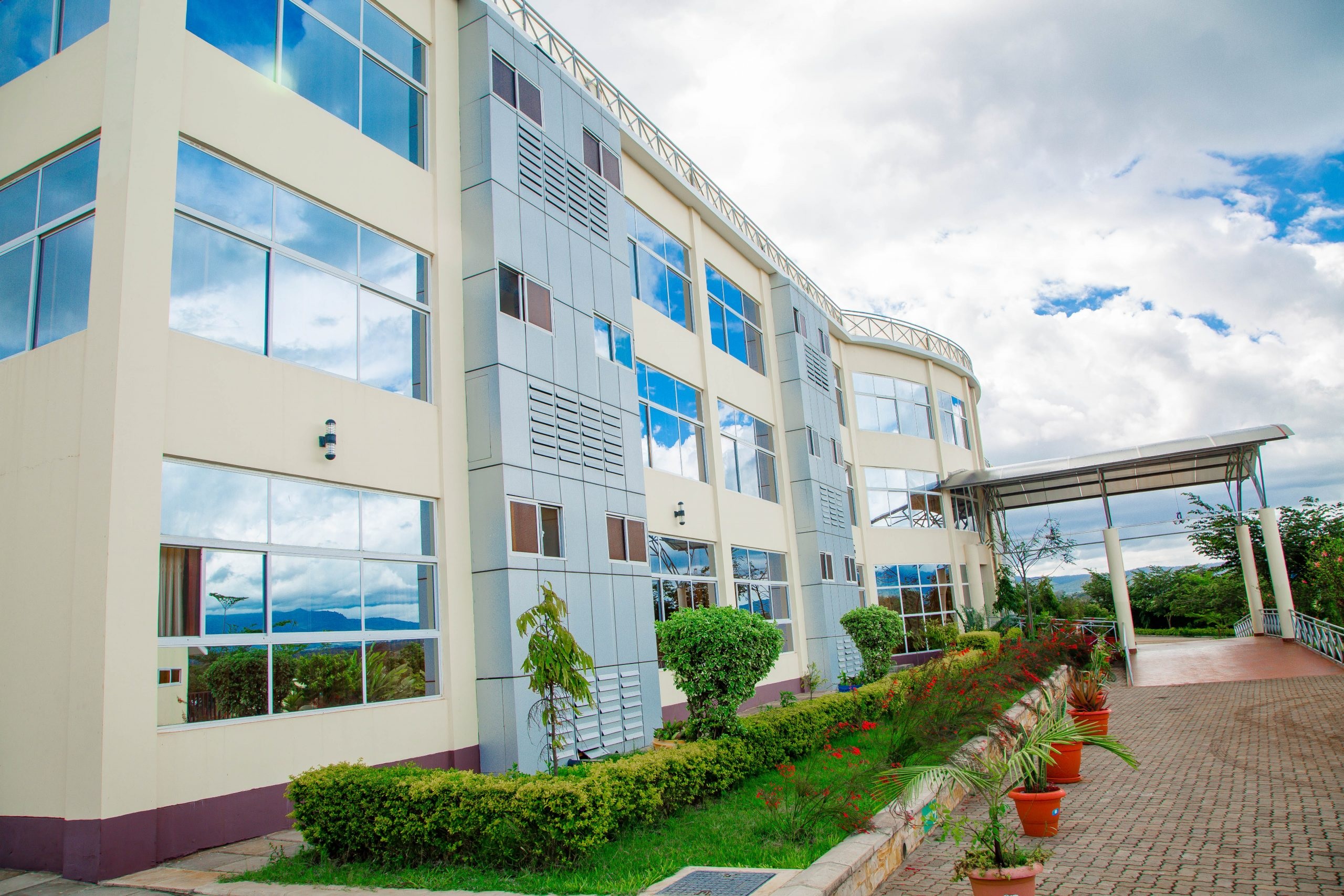
A1 Hotel & Resort: excellence. WiFi, spacious rooms, bars and restaurants, recreation centre, exclusive villas, outdoor swimming pool with a view, secure parking space, meeting and banquet rooms. Road and air. From Kilimanjaro International Airport drive through to Arusha City via Moshi Arusha Road approximately 55km, proceed via Great North Road towards Arusha Airport, take […]
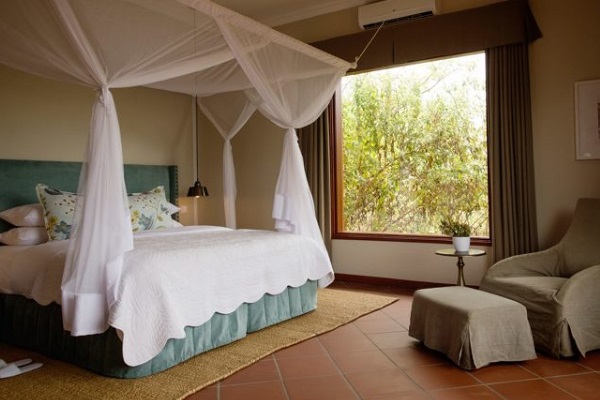
The Unique design of the luxury suites provides for privacy for couples and smaller groups visiting the lodge. Whether you are traveling alone or you are a couple on your exclusive, romantic, or a family looking to occupy little ones, a group with a various range of requirements, Acacia Farm Lodge is the place to […]
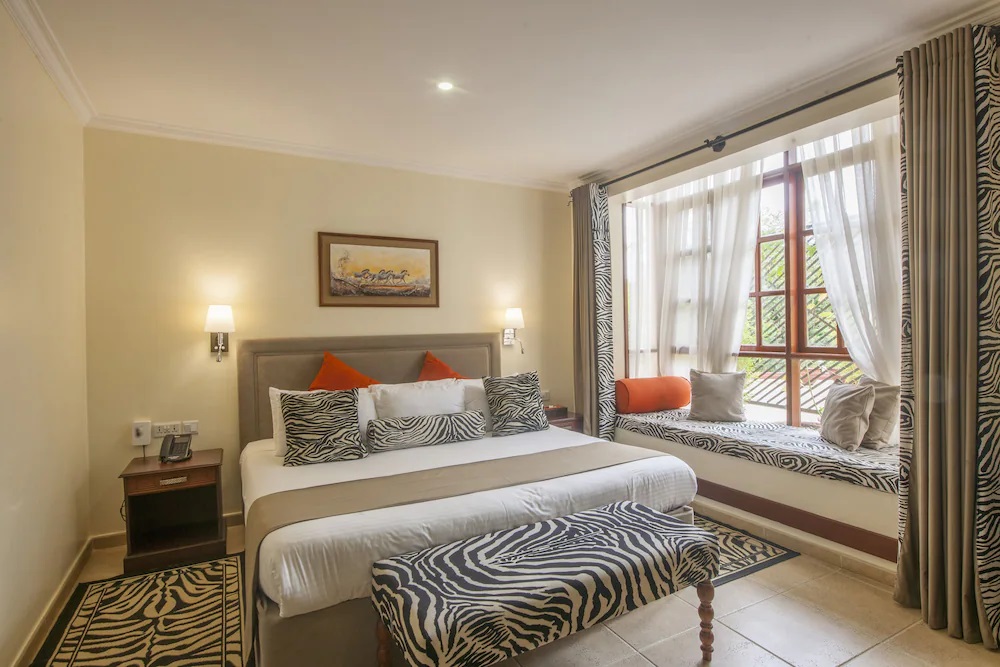
Located in the city of Arusha. Provide first class western luxury with outstanding facilities. Warm hospitality and persona service. Wild Drama Tanzania Safaris will arrange this accommodation for you. Ideal for visitors landing in Arusha Airport or Kilimanjaro before heading to Safari. With Baobab restarant seves an excellent different cuisine, Zanzibar Lounge is an idel […]

